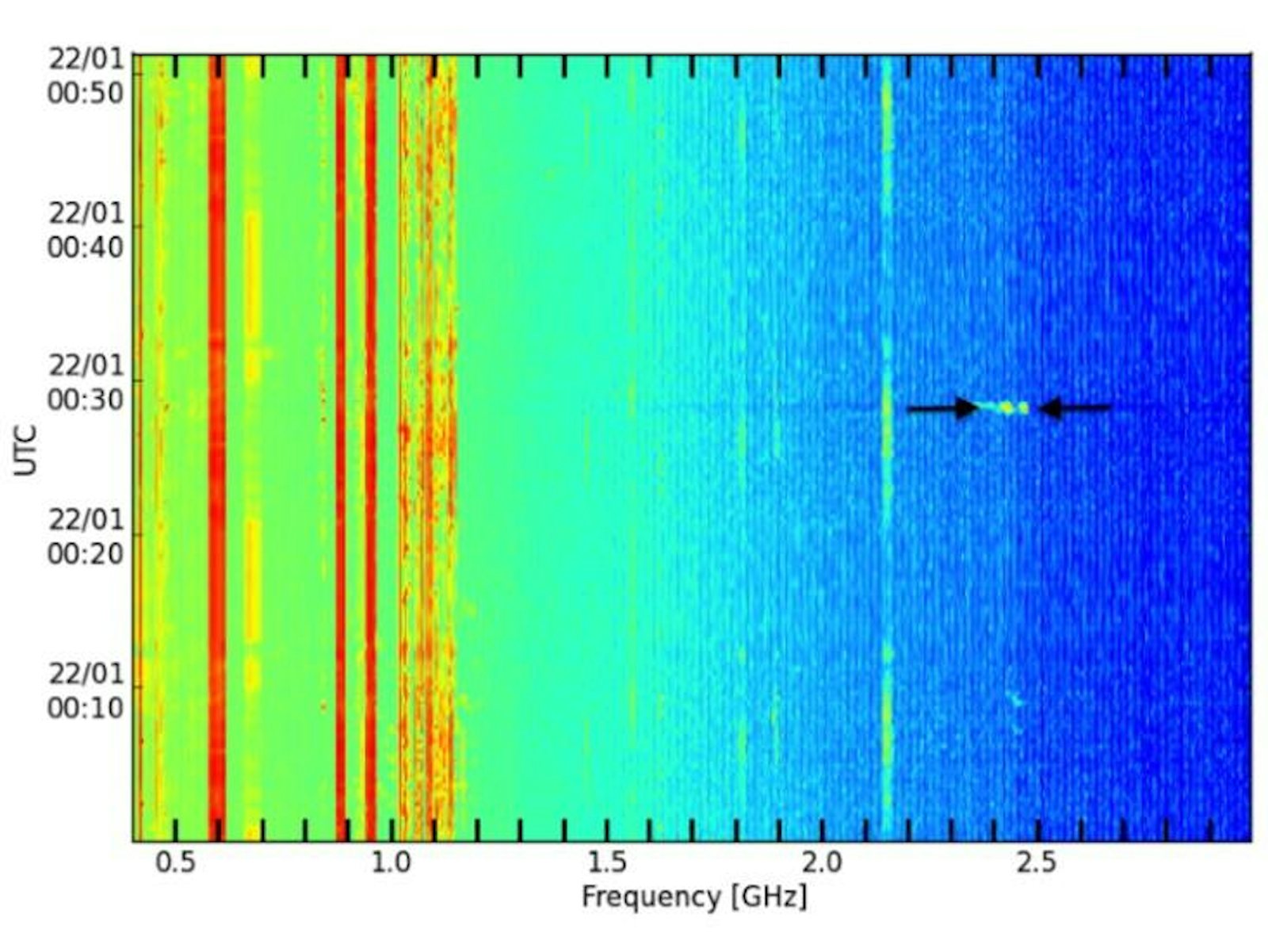It begins with the smallest anomaly. The first exoplanets were the slightest shifts in a star’s light. The Higgs boson was just a bump in the noise. And the Big Bang sprung from a few rapidly moving galaxies that should have been staying put. Great scientific discoveries are born from puny signals that prompt attention.
And now, another tantalizing, result is gathering steam, stirring the curiosity of physicists worldwide. It’s a bump in the data gathered by the Large Hadron Collider (LHC), the world’s most powerful particle accelerator. If the bump matures into a clearer peak during the LHC’s second run, it could indicate the existence of a new, unexpected particle that’s 2,000 times heavier than the proton. Ultimately, it could provoke a major update to our understanding of physics.
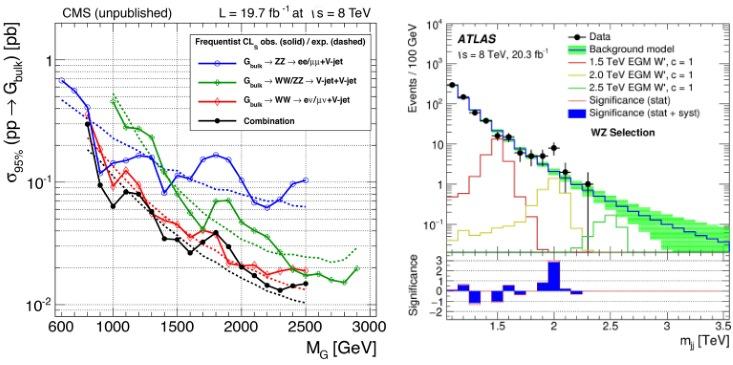
Or it could simply be a statistical fluke, doomed to disappear over time. But the bump currently has a significance level of three sigma, meaning that this little guy just might be here to stay. The rule of thumb in physics is that a one-sigma result could easily be due to random fluctuations, like the fair coin that flipped tails twice. A three-sigma result counts as an observation, worth discussing and publishing. But for physicists to proclaim a discovery, a finding that rewrites textbooks, a result has to be at the five-sigma level. At that point, the chance of the signal arising randomly is only one in a million.
There’s no knowing if the LHC researchers’ new finding is real until they gather more data. And even bigger would-be discoveries—those with five-sigma results and better—have led physicists astray before, raising hopes for new insights into the Universe before being disproved by other data. When pushing the very limits of what we can possibly measure, false positives are always a danger. Here are five examples where seemingly solid findings came undone.
Extra Exoplanets
The search for exoplanets began in earnest in the mid-1990’s, but there were some earlier false starts. In April 1963, Peter van de Kamp announced the discovery of an unseen object tugging ever so slightly on Barnard’s star, the second-closest star system to our own. The gravitational perturbation was so subtle that van de Kamp relied on 50 years of observations to prove his case.
The next day, the news appeared in The New York Times, under the headline, “Another Solar System is Found 36 Trillion Miles from the Sun.” But today, you will not find van de Kamp’s discovery listed among the thousands of known exoplanets.

In 1974, astronomer George Gatewood from the University of Pittsburgh looked and failed to find evidence for the elusive planet. Around the same time, astronomer John Hershey from Swarthmore College discovered that the telescope van de Kamp had relied on was faulty.
The history of exoplanets is riddled with these tales. Just last year, astronomers announced the discovery of an exciting new exoplanet: Kapteyn b, which was reputed to orbit comfortably in its star’s habitable zone, where liquid water could exist on its surface. Moreover, it was estimated to be twice the age of Earth, so “if intelligent life evolved there, it would be far ahead of us in technology,” study coauthor Mikko Tuomi told Sky & Telescope magazine.
But it didn’t take long for the new planet to meet with controversy. A different group of astronomers found this summer that the regular changes in starlight interpreted as Kapteyn b were probably a product of the star’s spots and rotation.
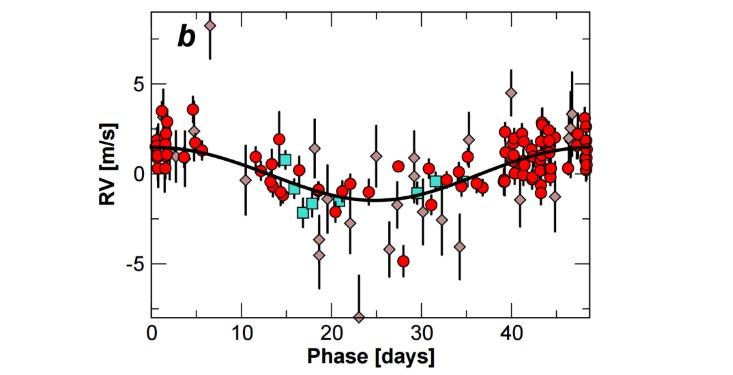
Faster-Than-Truth Neutrinos
Few experimental results break the laws of physics. But in 2011, the impossible seemed to happen. Physicists from CERN, The European Center for Nuclear Research, found evidence that neutrinos had traveled from Switzerland to Italy at such a high speed that they actually broke the cosmic speed limit. They arrived 60.7 nanoseconds faster than light could travel.
News of the data leaked, spawning rumors that Einstein’s great theory of special relativity had been challenged. But when CERN announced its results, the team did not make grandiose claims—instead they calmly reported the anomaly and invited other explanations or evidence. Many news organizations, however, failed to catch this caveat and excitedly claimed the impossible had happened.
Fortunately the physics community received the news skeptically. “These guys have done their level best, but before throwing Einstein on the bonfire, you would like to see an independent experiment,” John Ellis, a CERN theorist, told The New York Times. Many researchers searched for other explanations, influenced in part by the modest team who simply asked for help.
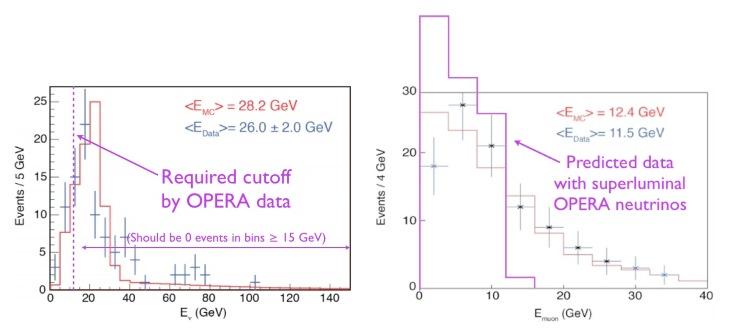
In fact some researchers saw the opportunity as a chance to advance science forward. “The worst data are better than the best theory,” Antonio Ereditato, the experiment’s leader at the time, told Nautilus in retrospect. “If you look for reasonable results, you would never make a discovery, or at least you will never make an unexpected discovery. You only make—and this is a contradiction in terms—an expected discovery.”
At the end of the day, the source of the timing problem was traced to a poorly connected fiber optic cable carrying the GPS signals.
The “First” Higgs Boson
In July 2011, a faint signal appeared in two independent LHC experiments. There was undoubtedly a small Higgs-like bump at 144 gigaelectron volts (GeV). And physicists immediately worried.
A lighter Higgs boson (around 115 GeV) would prove promising for supersymmetry, a theory that incorporates the known elementary particles into a complete inventory of the Universe. In a sense, supersymmetry could allow physicists to understand the universe from the ground up. But a heavier Higgs boson (around 140 GeV) would prove promising for the multiverse, the theory that our universe is just one out of an infinite array of universes, with the others beyond the reach of any observation.
This tantalizing first detection hinted at the latter. “It’s starting to look like nature has made its choice,” said David Kaplan, a theoretical particle physicist at Johns Hopkins University, in the documentary Particle Fever. If the detection stands the test of time, “we [will] never get access to the deeper theory. All that information could be in the other universes. We may be at the end of the road. That’s it.”
The heavy result seemed devastating. But in less than a month, the findings had receded from view. Another bump—one at the five-sigma level—would appear at 126 GeV in less than a year. The nature of particle physics beyond the Standard Model still remains to be determined.
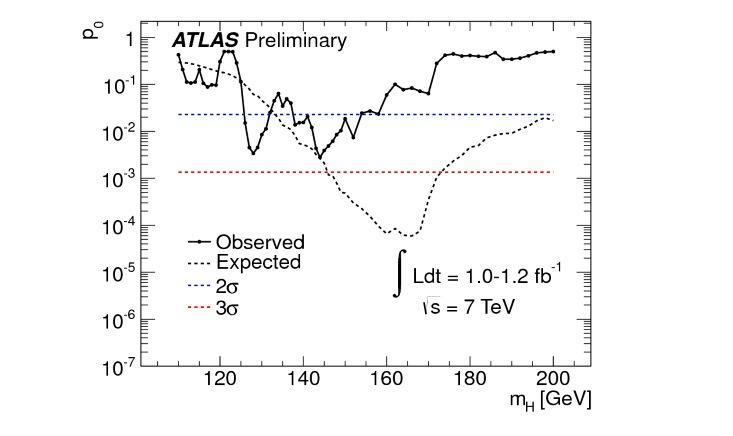
Extraterrestrial Kitchen Appliance?
In 2010 astronomers working at the Parkes Observatory in Australia reported fleeting but bright bursts of radio waves in their data. They looked strikingly similar to fast radio bursts (FRBs), rare and mysterious signals that were thought to have origins deep in space. But various aspects of the new bursts strongly suggested that they actually originated closer to home, say from lightning or satellites. In fact, their name for the bursts, “perytons,” comes from a mythological winged elk that casts the shadow of a human, appearing as something it is not. Did these perytons mean that all FRBs were merely the side effects of some commonplace process here on Earth, rather than exciting new evidence of exotic processes happening out in intergalactic space?
For five years, the question remained unanswered, as researchers failed to find any explanation for the signals, either from Earth or from deep space. But earlier this year, a different set of astronomers working at Parkes solved the mystery. Noticing that the perytons were found mostly near lunchtime, they started running tests in the kitchen. These tests showed that the offender was a microwave oven: If opened prematurely, it unleashed tantalizing radio waves that masqueraded as signals from beyond the Milky Way.

Gravitational Waves Turned to Dust
It was dubbed a “Nobel Prize–worthy” discovery. In March 2014, astronomers spotted swirling patterns in the universe’s oldest light. It was taken as evidence for gravitational waves, the long-sought proof that the universe underwent inflation, an ultra-fast expansion when it was roughly a trillionth of a trillionth of a trillionth of a second old. And it supported a wilder prediction as well: Our Universe is just one in a multiverse of universes.
The press conference was abuzz with excitement. And the aftermath was exhilarating: Within minutes the world knew immediately that this detection was different. “This is huge, as big as it gets,” Marc Kamionkowski of Johns Hopkins University, who was not a part of the discovery team, told The New York Times. But few people were as thrilled as Andrei Linde, one of the main authors of the theory of inflation, when Chao-Lin Kuo, a member of the discovery team, knocked on his door with a bottle of Champagne to tell him the news.
But then it all turned to dust—literally. Results from earlier this year confirm that the twisting patterns weren’t ripples in the oldest light but swirling patterns produced by galactic dust. The theory that the Universe experienced inflation still lacks conclusive proof.
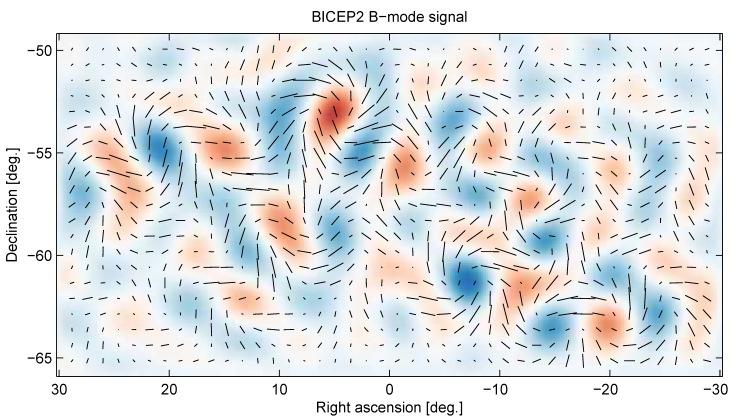
Science Is Not Always an Exact Science
Contrary to popular belief, science is full of flaws and uncertainties. It involves incremental progress, as new claims are constantly called into question and can be subject to back-and-forth debates for years on end. It takes a while before scientists can say with any certainty which results will pan out in the long run. But eventually they do, and science takes a crooked step toward the greater truth.
So the question becomes: Do such mishaps harm the public’s perception of science? Sean Carroll, a physicist at the California Institute of Technology, thinks that any short-term damage from embarrassing blunders would be less severe if the public came to understand that science is a process. “Scientists claim amazing results and sometimes they’re right, but sometimes they’re wrong,” he told me in an interview. “You have to be patient to see whether or not they’re confirmed by other researchers.”
Carroll argues that the answer is not all black and white. “I don’t think that we need to have a standard where every result has to be absolutely unimpeachable before the public hears about it. That could take decades,” he says. The public has a right to see science in action, but on “the other hand we shouldn’t be too sloppy. We shouldn’t just throw things out there without any good reason to think that we’re on the right track.”















